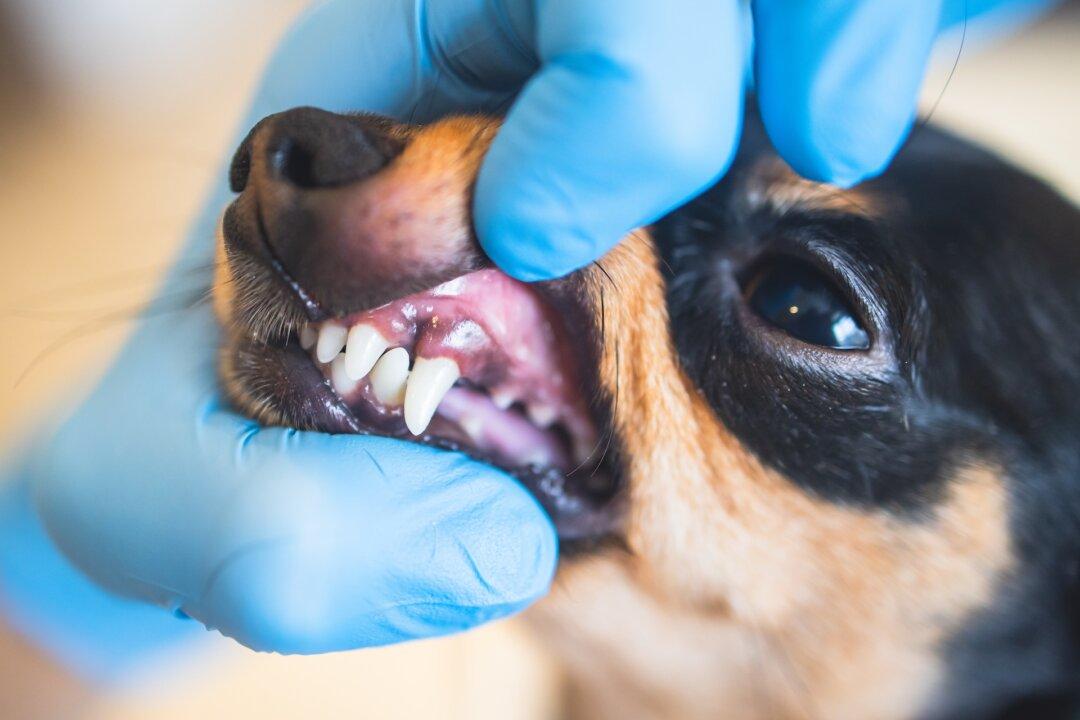Q: My husband and his friends want to play their paintball games on our rural property. Our dogs would be confined to the house during the games, but I’m concerned about their safety once they’re back outside. Are dogs attracted to unexploded paintballs, and if so, are the paintballs safe to eat?
A: Paintballs are spherical gelatin capsules that are filled with dye and, depending on the brand, vegetable oil, mineral oil, polyethylene glycol, propylene glycol, glycerin, glycerol, and/or sorbitol. Some of these ingredients taste sweet, so dogs are attracted to them.





